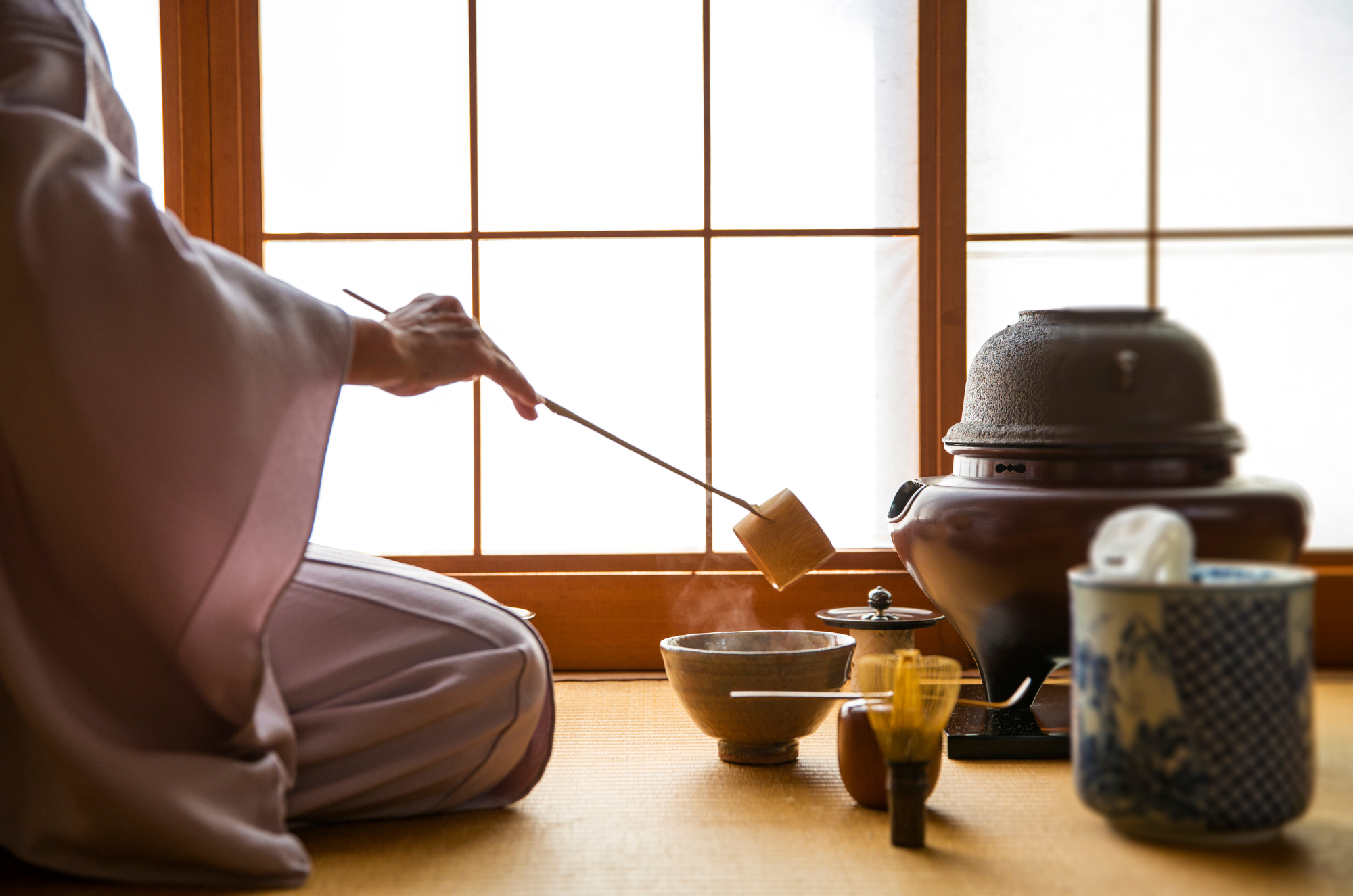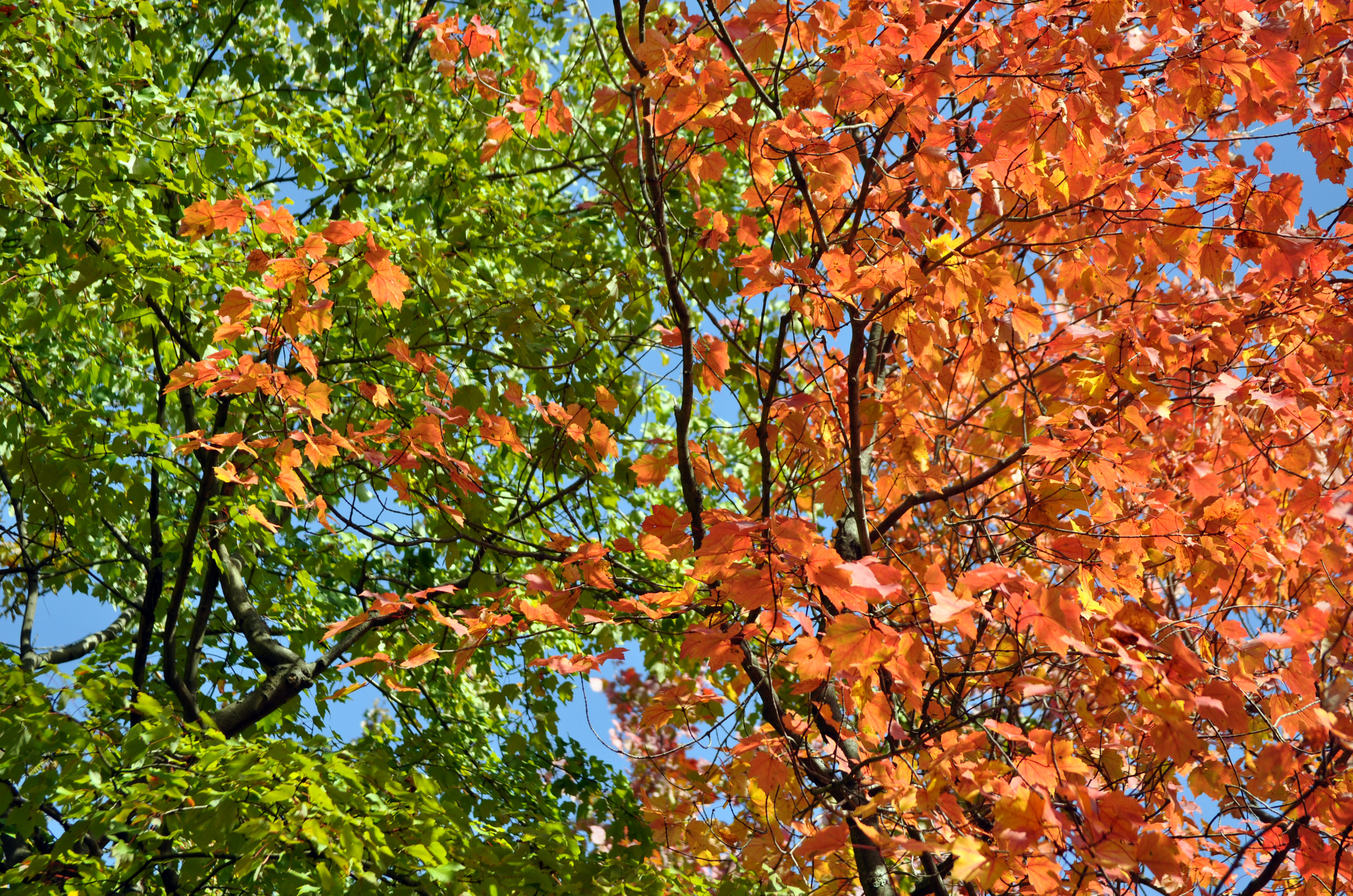
Experience a Japanese Tea Ceremony: The Art and History of Urasenke and Sen no Rikyu
Experiencing a Japanese tea ceremony is more than just sipping tea. It's an immersive journey into the heart of Japanese culture, art, and history. Known as *chanoyu* (tea ceremony), this practice blends elements of Zen Buddhism, aesthetics, and traditional Japanese customs. The ceremony is a refined, ritualized activity, steeped in tradition and philosophy. At its core lies the *Wabi-sabi* concept, which values simplicity and the beauty of imperfection.
- The History of Urasenke
Urasenke is one of the most prominent schools of tea ceremony, with a history that stretches back several centuries. The school was founded by Sen Soshitsu, the 14th Grand Master of the Urasenke family, in Kyoto, Japan. Urasenke emphasizes the importance of harmony (*wa*), respect (*kei*), purity (*sei*), and tranquility (*jaku*). These principles are not just philosophical concepts but are actively practiced in every tea ceremony.
The Urasenke school has played a crucial role in spreading the practice of tea ceremony worldwide. It has established centers and associations in many countries, promoting cultural exchange and understanding through the art of tea. The school's teachings are deeply rooted in the traditional Japanese aesthetic and spiritual values, making it a living art form that continues to evolve.
-The Legacy of Sen no Rikyu

Sen no Rikyu, a name synonymous with the Japanese tea ceremony, was the most influential tea master in Japanese history. Born in 1522, Rikyu is credited with refining the tea ceremony to its most essential elements. He introduced the concept of *Wabi-cha*, a style of tea ceremony that emphasizes simplicity, humility, and a deep connection with nature.
Rikyu's influence extends beyond the tea room. His aesthetic principles have shaped Japanese architecture, garden design, and even cuisine. He advocated for the use of natural, rustic materials, and his approach to tea was minimalistic, stripping away any unnecessary ornamentation. Rikyu's teachings continue to inspire and guide tea practitioners today.
Tips for Enjoying a Tea Ceremony

- Embrace the Silence: The tea ceremony is a quiet, contemplative experience. Silence allows you to fully immerse yourself in the moment and appreciate the subtleties of the ritual.
- Pay Attention to Details: Every movement, object, and sound in the tea room has meaning. Notice the texture of the tea bowl, the sound of the whisk, and the fragrance of the tea.
- Respect the Tradition: The tea ceremony is a deeply rooted tradition with specific etiquette. Be mindful of your actions and follow the host's guidance to show respect for the ritual.
While the tea ceremony invites participants to slow down and appreciate the subtle beauty of life, Edobio offers a way to incorporate these same values into our busy, modern lives.

Edobio herbal tea and green tea series is more than just a drink; it’s a bridge between the past and the present. By using traditional Japanese methods to produce high-quality herbal tea and green tea, Edobio honors the heritage of tea-making. Yet, it also embraces modern wellness trends, offering health benefits that align with today’s lifestyle




Leave a comment
This site is protected by hCaptcha and the hCaptcha Privacy Policy and Terms of Service apply.